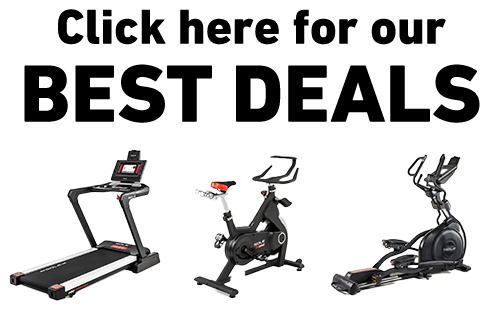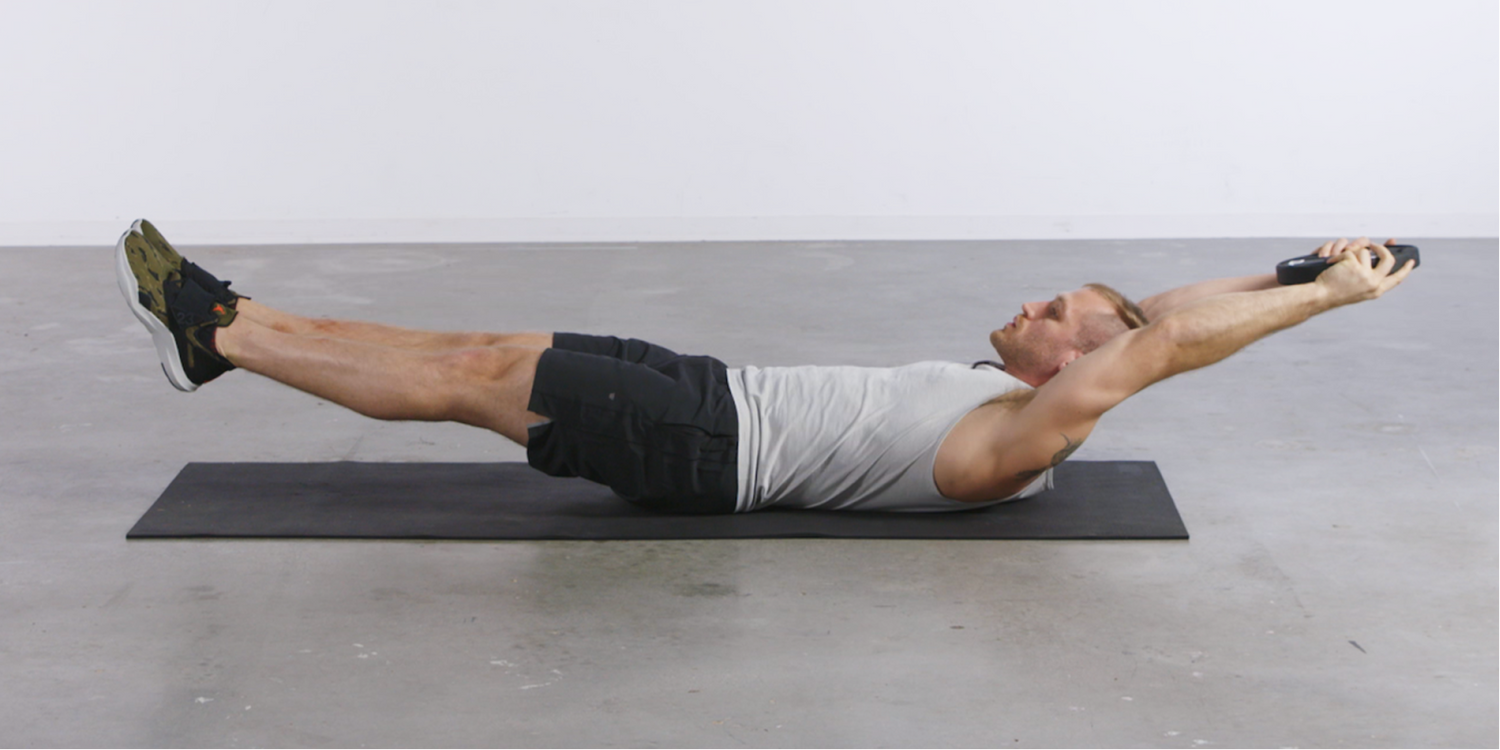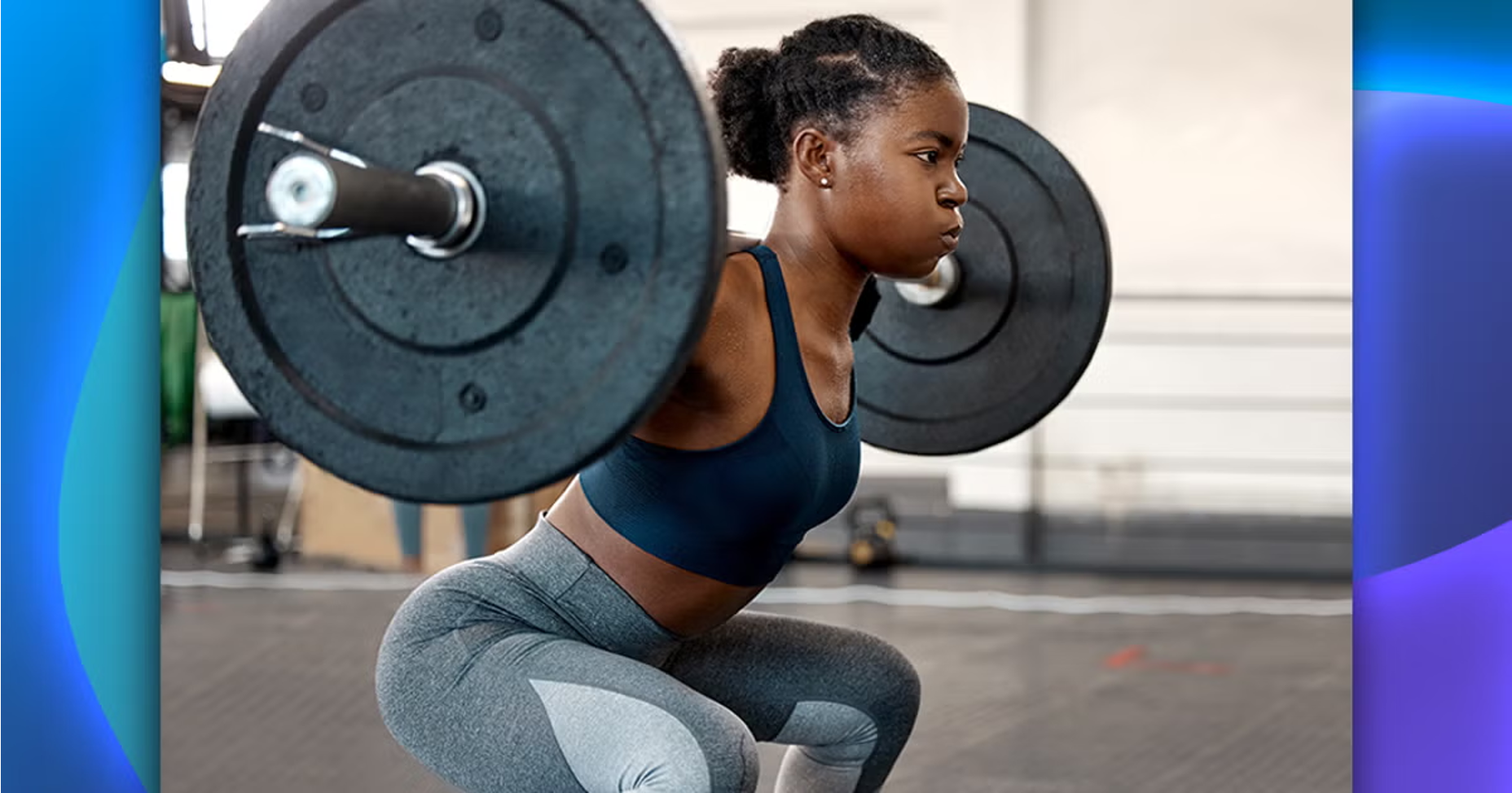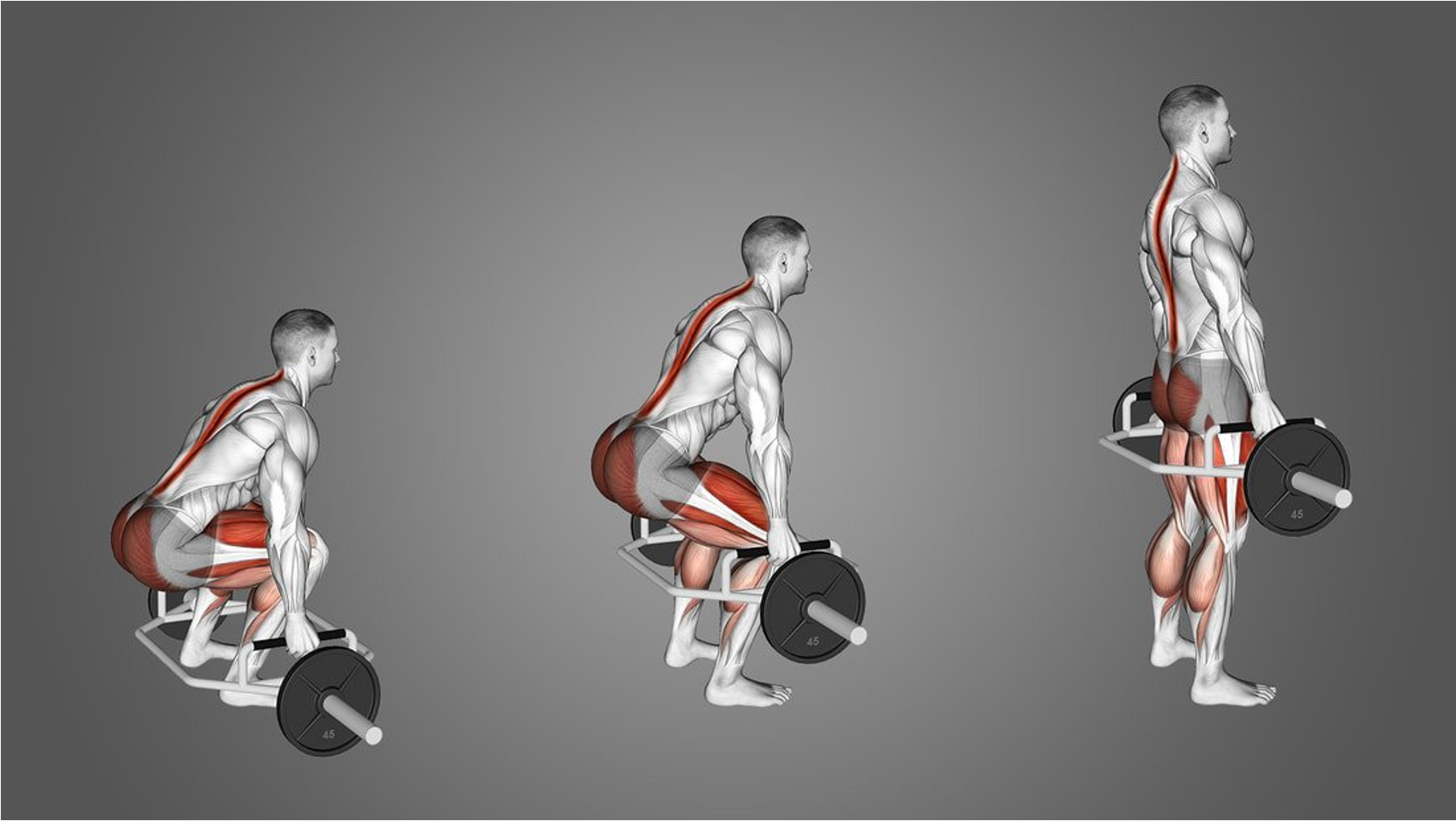Key Takeaways
- Planks are the all-rounders that hit everything from abs to shoulders to glutes.
- Hollow holds are the sneaky assassins that target lower abs and hip flexors—the parts most of us struggle to feel.
- Both exercises can be modified to suit different fitness levels, making them accessible for beginners and challenging for advanced athletes.
- Proper form matters more than how long you can hold either one.
- Our SOLE Equipment Mat transforms bodyweight core exercises like planks and hollow holds by providing the perfect combination of cushioning and stability, while being firm enough that you won't wobble like you're doing core work on a waterbed.
Planks vs Hollow Hold: The Difference
What are Planks?
A proper plank looks deceptively simple: you're essentially holding yourself in the top of a push-up position (or on your forearms), creating a straight line from head to heels. Your body hovers parallel to the ground, supported only by your toes and arms, while gravity tries its best to make your middle sag like a hammock.
What makes it effective is the isometric hold. Your muscles work without actually moving, which builds endurance and stability rather than just brute strength.
What are Hollow Holds?
In hollow holds, you lie on your back, arms extended overhead, and lift your shoulders and legs off the ground while pressing your lower back into the floor. Your body forms a slight banana shape, with only your mid-back/butt touching the ground.
What makes it hellishly effective is the extreme tension required through your entire anterior chain (front of your body). Your lower abs have nowhere to hide.
Position & Setup
Planks: Face-down position where your body forms a straight line parallel to the floor, supported by forearms/hands and toes. Your body fights gravity trying to pull your midsection to the floor.
Hollow Holds: Face-up position where you create a slight C-curve with your body, pressing your lower back into the floor while lifting your shoulders and legs. Only your mid-back/butt touches the ground.
|
At SOLE, we're proud to offer the best exercise equipment for your home or gym. Our machines are built to meet the highest quality and performance standards, making them perfect for fitness enthusiasts at any level. SOLE Products
|
Understanding Planks
Planks are an excellent way to build core strength and improve stability. They require no equipment and can be modified to suit any fitness level. (Image courtesy of Inspire US)
Benefits
- They strengthen the core, including the abs, back, and shoulders, which improves overall stability.
- Planks help enhance posture by reinforcing the muscles that support your spine.
- They increase endurance and stamina in the core muscles, which can benefit other exercises and activities.
- Planks are a full-body exercise, as they engage muscles in the arms, legs, and glutes as well.
Muscles Targeted
- Rectus abdominis (the "six-pack" muscles)
- Transverse abdominis (deep core stabilizers)
- Obliques (side abs)
- Erector spinae (lower back muscles)
- Glutes (buttocks)
- Deltoids (shoulders)
Variations
- Side Plank: Rotate to one side, supporting your weight on one forearm and the side of your foot. This variation targets the obliques more intensely.
- Plank with Leg Lift: While in a plank position, lift one leg off the ground, keeping it straight. This adds an extra challenge to your balance and engages the glutes.
- Forearm to Full Plank: Transition between a forearm plank and a full plank (on hands) so you keep moving during the exercise.
Correct Form
To perform a plank correctly, follow these steps:
- Start by lying face down on the floor. Place your forearms on the ground, elbows aligned under your shoulders.
- Lift your body off the ground, supporting your weight on your forearms and toes. Your body should form a straight line from head to heels.
- Engage your core by pulling your belly button towards your spine. Keep your glutes and thighs tight.
- Avoid sagging your hips or arching your back. Maintain a neutral neck position by looking down at the floor.
- Hold this position for as long as you can while maintaining proper form.
One of the most telling mistakes in plank is letting your hips sag toward the floor or pike up toward the ceiling. Either way, you're cheating yourself out of the benefits and potentially setting yourself up for back pain. (Image courtesy of Real Simple)
Understanding Hollow Hold
Benefits
- It strengthens the lower abs, which are often neglected in other core exercises.
- The hollow hold improves body control and stability, essential for gymnastic movements and athletic performance.
- It enhances overall core strength and endurance, contributing to better posture and reduced risk of injury.
- This exercise helps develop a strong mind-muscle connection. This increases awareness of your body's position and movement.
Muscles Engaged
|
Muscle Group |
Primary Muscles Worked |
|
Core |
Lower abs, transverse abdominis |
|
Hip Flexors |
Iliopsoas, rectus femoris |
|
Upper Body |
Deltoids (shoulders), latissimus dorsi (upper back) |
Exercise Modifications
Just like planks, hollow holds can be modified to suit different fitness levels:
- Bent-Knee Hollow Hold: Keep your knees bent while performing the hollow hold, making it easier for beginners to maintain the position.
- Hollow Rock: Once you've mastered the basic hollow hold, add a rocking motion to increase the challenge and improve core stability.
- Weighted Hollow Hold: Hold a weight plate or dumbbell overhead to add resistance and intensify the exercise.
Proper Technique
- Lie flat on your back with your arms extended overhead and legs straight.
- Lift your head, shoulders, and legs off the ground simultaneously, creating a slight curve in your body.
- Engage your core by pressing your lower back into the floor and draw your belly button towards your spine.
- Keep your arms and legs straight, forming a "hollow" shape with your body.
- Hold this position for as long as possible, focus on maintaining tension throughout your core.
A mistake you should avoid in hollow hold is letting your lower back arch off the floor. This means your hip flexors are doing the work instead of your abs, and you're missing the point entirely.
A Quick Comparison
Effectiveness
Both exercises have their strengths:
- Planks: Planks are excellent for overall core strength, targeting the abs, back, shoulders, and glutes. They provide a solid foundation for improving posture and stability.
- Hollow Holds: Hollow holds focus more on the lower abs and hip flexors, which enhances body control and stability. They're beneficial for gymnastic movements and athletic performance.
Integration into Workout Routines
Integrating planks and hollow holds into your workout routine is simple and effective:
- Alternate between planks and hollow holds on different days to give your muscles time to recover.
- Include variations to keep your routine fresh and challenging.
- Use these exercises as part of a warm-up or cool-down to activate your core and improve stability.
Perfect Your Core Training with SOLE Equipment Mat
SOLE Equipment Mat provides the cushioning and non-slip surface needed for proper form during both planks and hollow holds. It’ll help protect your elbows, spine, and tailbone while giving you a dedicated space for core training.
Ever tried holding a perfect plank on a hardwood floor? It's like balancing on knife points through your elbows. SOLE Equipment Mat transforms your core training experience with its 1/4" PVC vinyl and nitrile rubber construction that provides just the right combination of cushioning and stability for both planks and hollow holds.
At 36.5" x 78", the mat gives you plenty of space to position yourself properly for both exercises without worrying about sliding off the edge. The non-slip surface means you can focus entirely on form rather than fighting to keep your elbows or feet from sliding out from under you, vital for maintaining proper alignment during longer holds.
What makes this mat perfect for these particular exercises is how it protects your pressure points. During planks, your elbows, forearms, and toes bear all your weight, often causing discomfort that forces you to break form before your core has been truly challenged. With SOLE's mat, that bone-on-floor pain is eliminated, letting you focus on the muscles that should be working.
The SOLE+ App includes guided tutorials for both exercises, showing exactly how to position your body for maximum effectiveness while avoiding common form mistakes. You'll learn proper progression strategies for both movements, helping you advance from beginner to advanced variations safely.
Frequently Asked Questions (FAQs)
Is one exercise better for overall core strength?
Both exercises are effective for building core strength, but they target different muscle groups. Planks are great for overall core stability, engaging the abs, back, shoulders, and glutes. Hollow holds focus more on the lower abs and hip flexors. To maximize core strength, you can add both exercises into your routine.
Can beginners perform both exercises?
Yes, beginners can perform both planks and hollow holds. Start with the basic versions of each exercise and focus on maintaining proper form. As you build strength, gradually progress to more challenging variations.
What are common mistakes with these exercises?
Common mistakes include arching the back, sagging the hips, and not engaging the core. These errors can lead to strain and reduce the effectiveness of the exercises. Always focus on maintaining a straight line from head to heels in planks and pressing the lower back into the floor in hollow holds.
Another mistake is holding the position for too long, leading to poor form. Quality is more important than duration, so prioritize proper form over holding the position for an extended time.
How long should each position be held?
The duration depends on your fitness level. Beginners can start with 20–30 seconds and gradually increase the time as they build strength. Advanced athletes can aim for 60 seconds or more. Make sure to maintain proper form throughout the exercise.
How does the SOLE Equipment Mat improve my plank and hollow hold training?
The SOLE Equipment Mat makes a significant difference in your core training effectiveness. It's 1/4" thickness provides essential cushioning for your pressure points (elbows, forearms, and tailbone) without being so soft that it destabilizes your position. The non-slip surface prevents the hand and foot sliding that often breaks proper form during planks, while its size gives you enough space to fully extend your body in both exercises.







Leave a comment
This site is protected by hCaptcha and the hCaptcha Privacy Policy and Terms of Service apply.